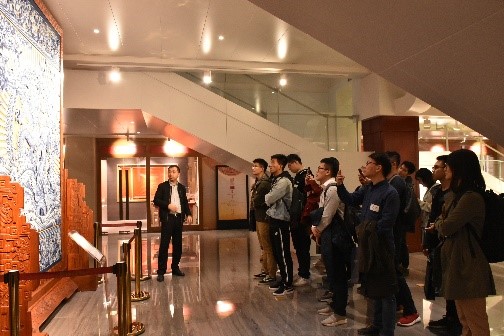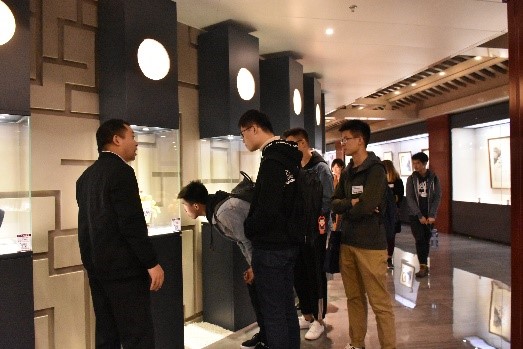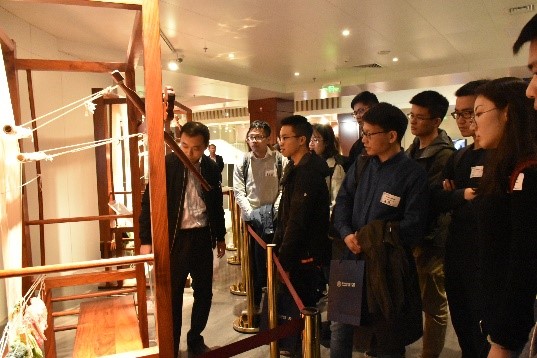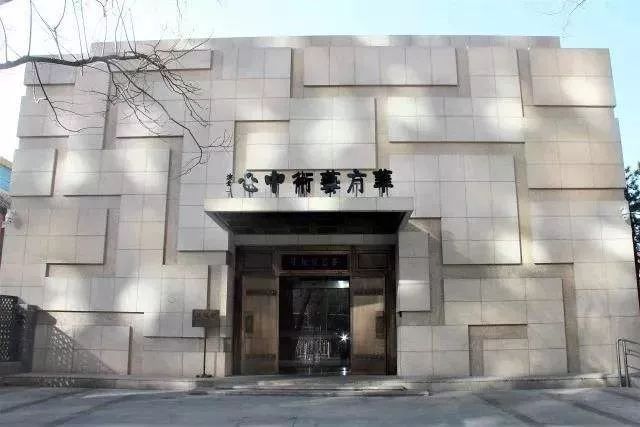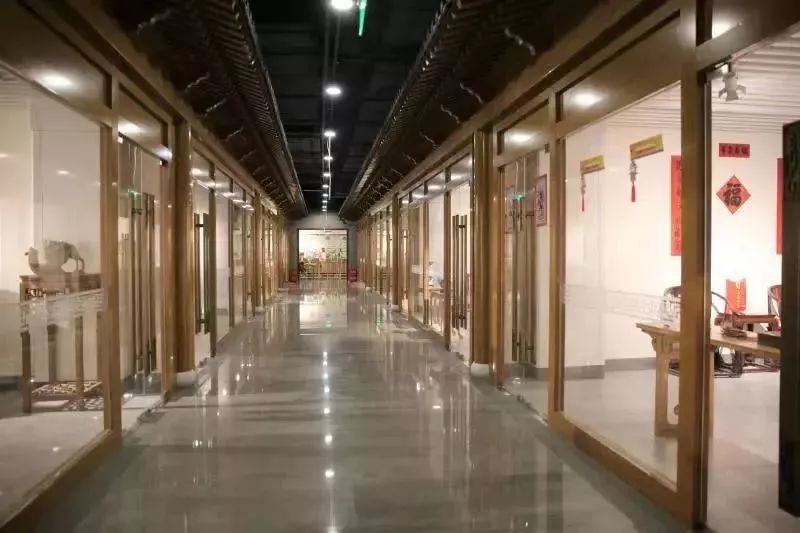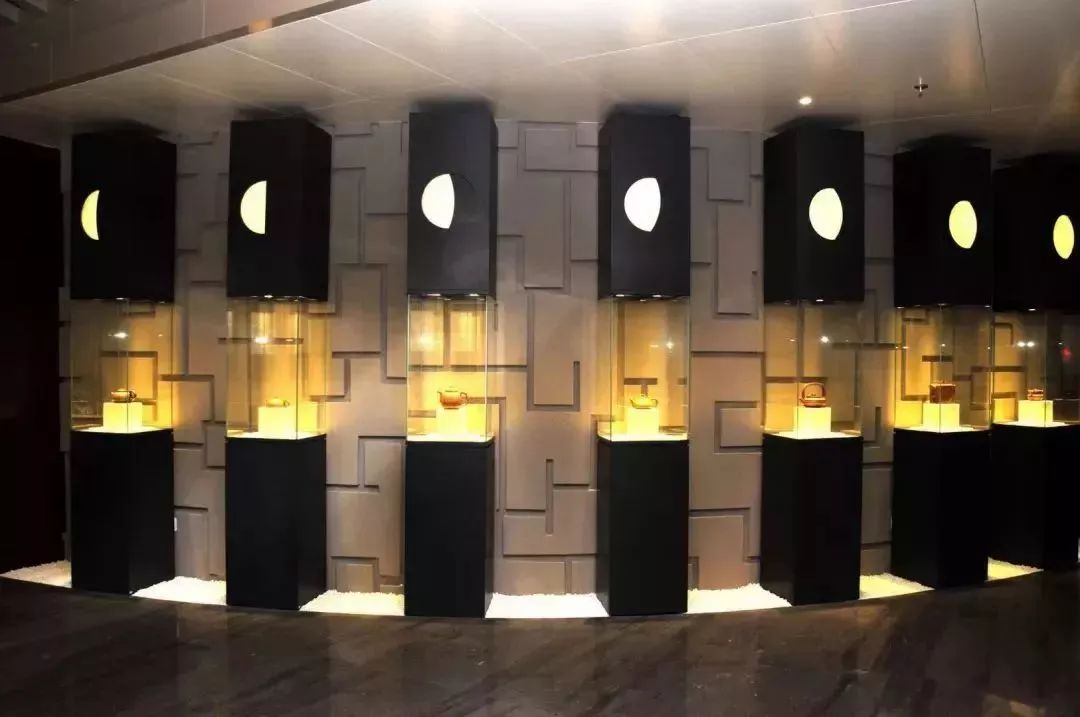On October 18th, 2018, more than 20 students from Master Programs at School of Economics and Management, Tsinghua University participated in “Experience the Beauty of Intangible Cultural Heritage” event, jointly organized by School of Economics and Management, Tsinghua University, Tsinghua Center for Cross-Discipline Research and Beijing Yuetan Inheritance Club. This event aims to enable students to experience Chinese traditional culture by exploring the intangible cultural heritage, and to spread China’s culture and civilization to the world.
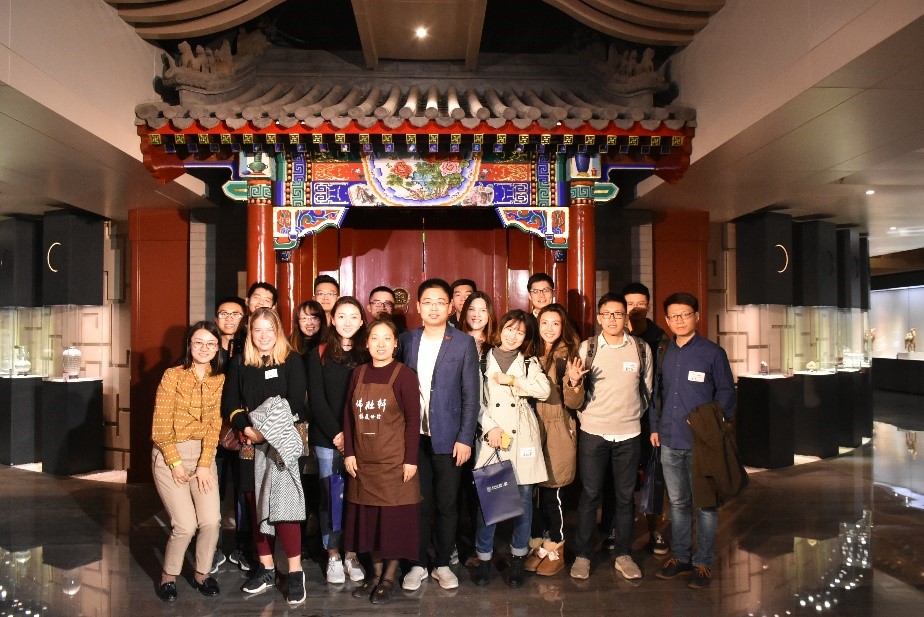
Part One
The former director of the Palace Museum, Mr. Li Wenru, introduced the history and future development of China's intangible cultural heritage. Mr. Li Wenru pointed out that intangible heritage makes our life more beautiful, and the process from formation to growth and maturity of the intangible heritages are closely related to people's lives. The tangible and intangible are in fact complementary, and this kind of relationship is the connection between intangible cultural heritage and people.
Nowadays, the inheritance of intangible cultural heritage is facing challenges. Many heritages have difficulties to repond to market demands, and the future development is not optimistic. Mr. Li Wenru said that as a common wealth of all mankind, we must not only stay in the past, but also face the future. We must combine current technology and market trends to make products that meet market needs, which will attract more attention from people to better understand and promote the knowledge of cultural heritages.
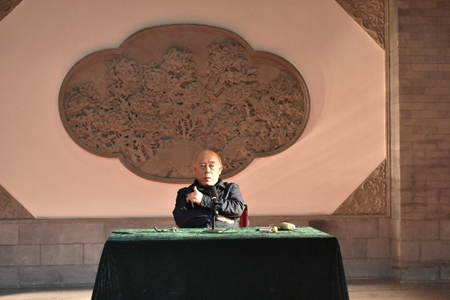
Former director of the Palace Museum, Mr. Li Wenru
Part Two
Gaoyang, the inheritor of Yu County Paper-cutting, introduced the charm of the paper-cutting art and the unique craftsmanship of Yu County's paper-cutting process. Mr. Gao Yang said that paper-cutting is an art of hollowness and solidness. Many people mistakenly believe that paper cutting can only be done with scissors, while in fact, the main tool for paper cutting in Yu County is carving knife. The highest realm of paper-cutting is “writing with a knife”, that is, anything a pen is able to print can be carved out with a knife. Paper-cutting shows the longing for good luck in Chinese traditional culture and the understanding of the balance between the Yin and Yang.
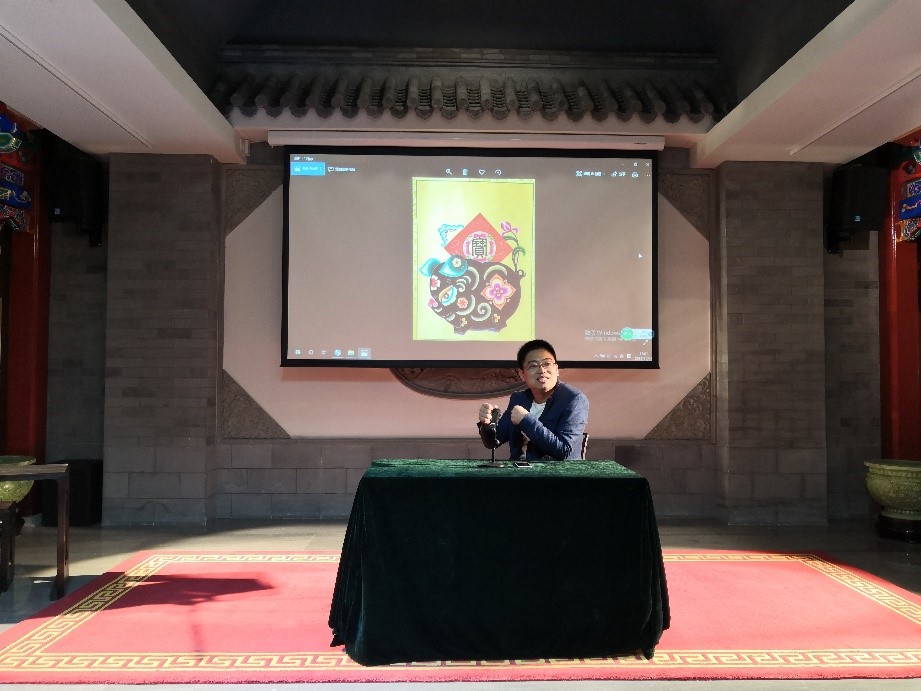
The inheritor of Yu County Paper-cutting, Mr. Gaoyang
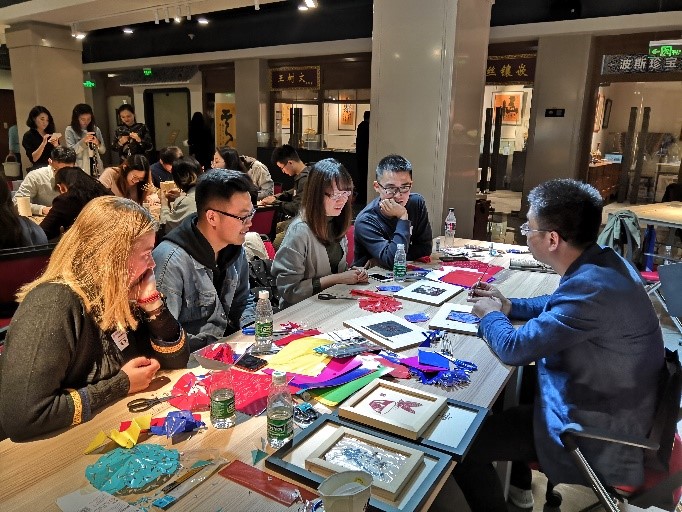
Later, Cheng Li, the inheritor of bamboo weaving, introduced bamboo weaving to the students. The plum blossom, orchid, bamboo, chrysanthemums, are known as “Four Gentlemen” and is regarded as a symbol of Chinese cultural spirit. Among them, the plum, orchid and chrysanthemums are all seasonal plants, only bamboo is evergreen. Bamboo has been praised by countless historical literati in China, the bamboo’s interpreted characteristics in natural attributes that are consistent with the personality, ethics, and aesthetics that Chinese traditional culture admires, such as humble, upright, and strong. Therefore, along with the practical uses of the bamboo, it is more popular amongst people for its symbolic meaning.
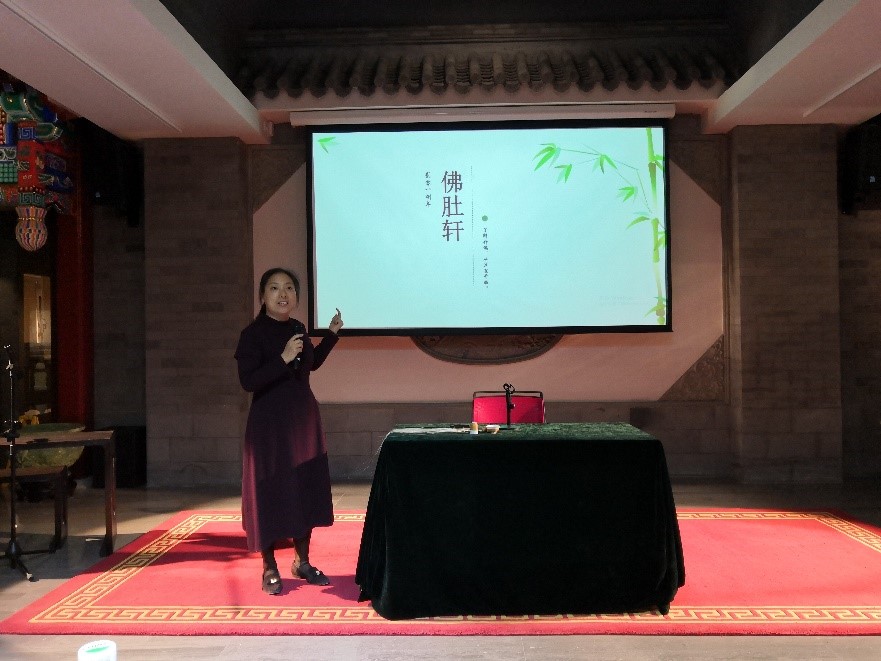
The inheritor of bamboo weaving, Ms. Cheng Li
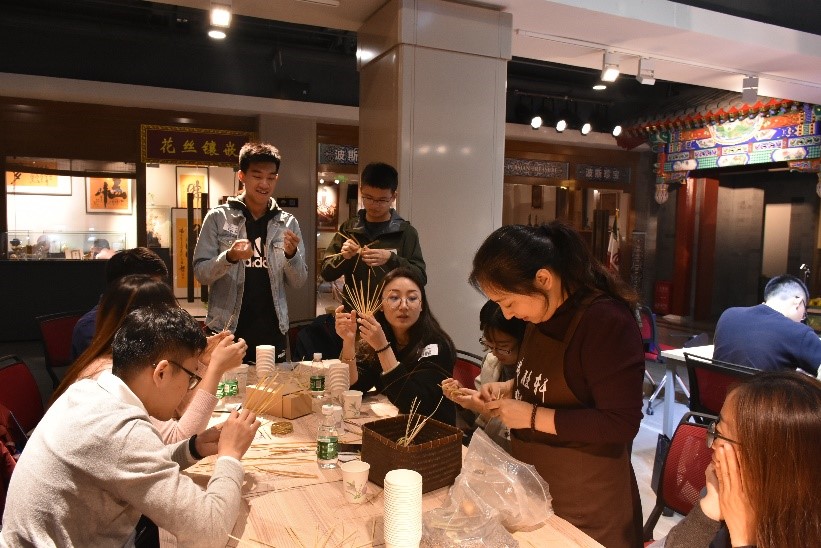
Part Three
After listening to the stories and studying the works of the intangible cultural heritage practitioners, the students were enthusiastic to try hands-on and learn the art on the spot. They eagerly participated in the process of bamboo weaving and traditional paper-cutting.
Many students who did paper-cutting said that paper-cutting is a delicate work and requires you to be meticulous, one careless cut might destroy the whole work. In the busy modern life, paper-cutting can make people feel calm and self-cultivating.
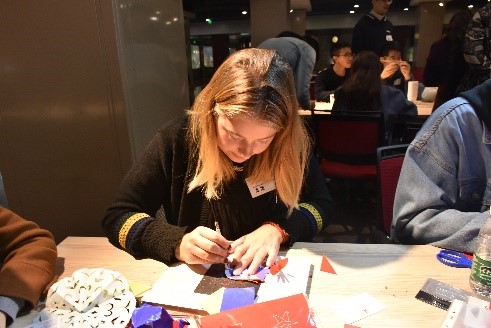
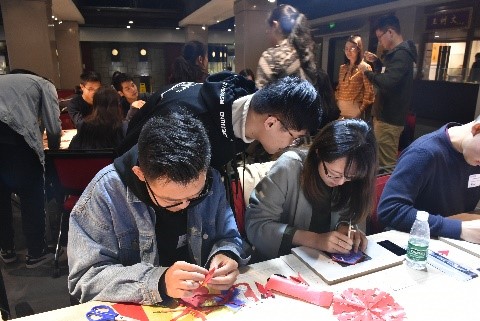
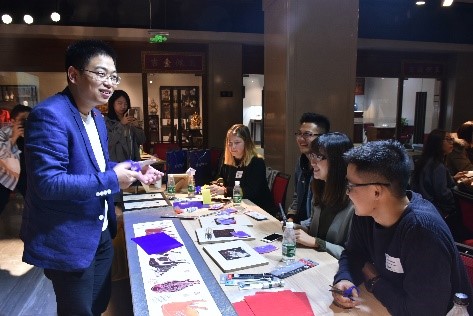
During the bamboo weaving process, many students realized the importance of the combination of rigidity and softness. To bend the bamboo piece and wrap the fragile bamboo wire in a circle, you need to learn to use technique, otherwise it will be easy to get only half the result with twice the effort.
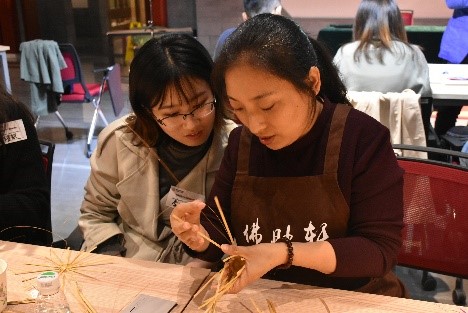
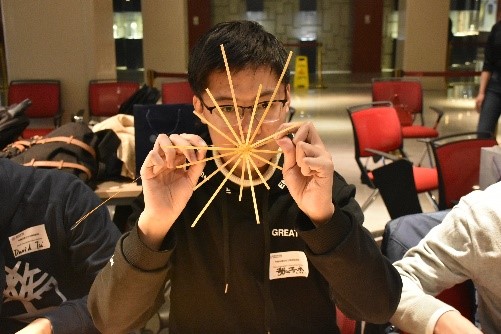
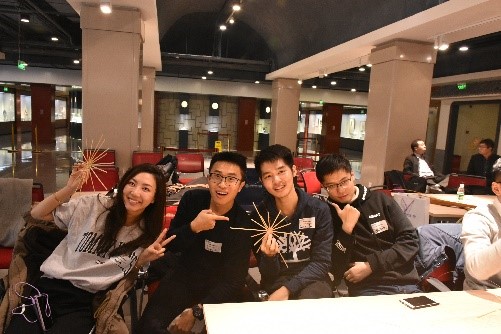
Part Four
At the end of the event, the students visited the Yaji Yuetan Art Gallery, which is an important base for the inheritance of intangible cultural heritage. They visited the well-known “Yanjing Eight Skills” and were deeply astounded by the exquisite filigree inlay craftsmanship, lifelike Su embroidery and magnificent palace carpets. They experienced the profoundness of traditional Chinese culture and learned from the persistence, rigorous, meticulous, and refined craftsmanship of intangible cultural inheritors.
